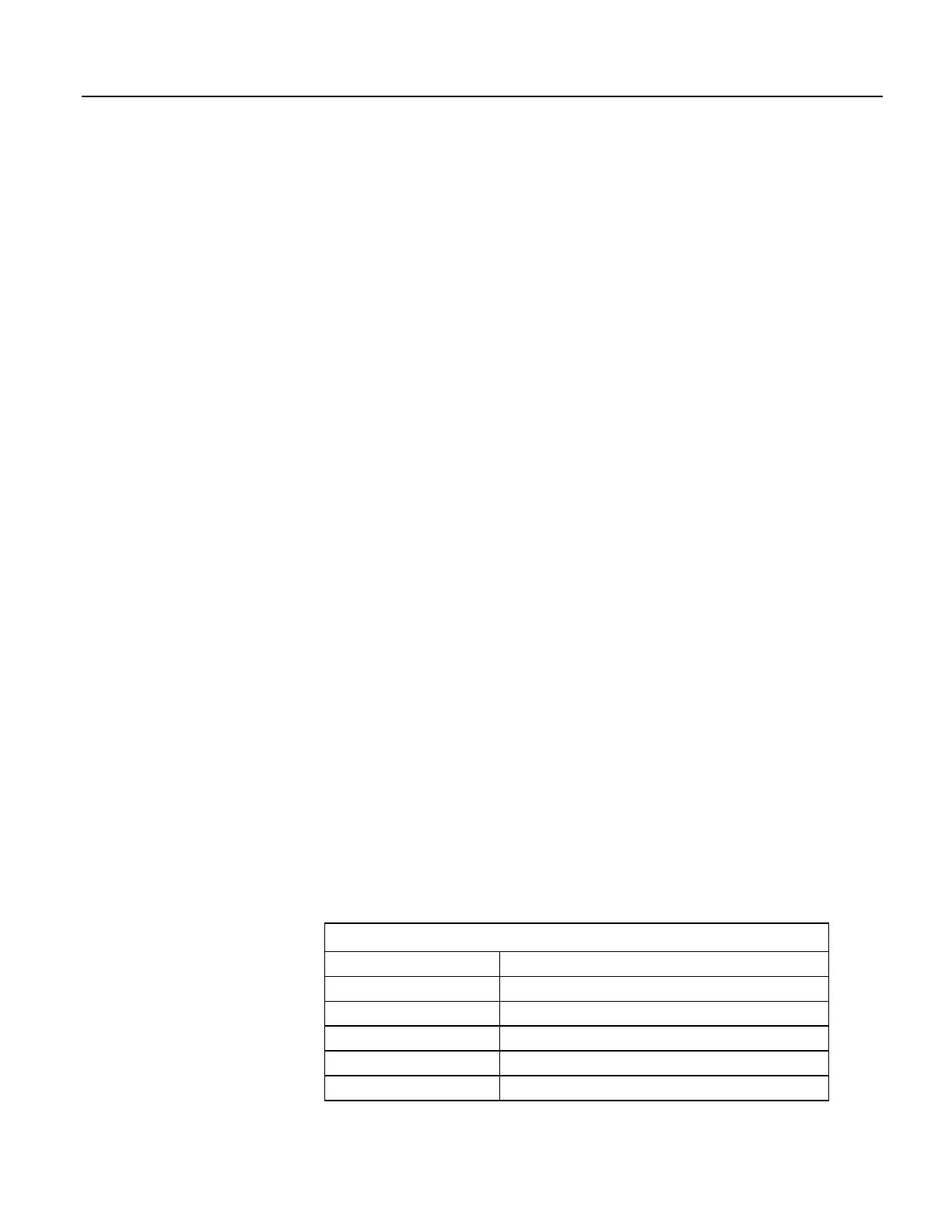HTML page source:
<!DOCTYPE HTML PUBLIC "-//W3C//DTD HTML 4.01 Transitional//EN"
"http://www.w3.org/TR/html4/loose.dtd">
<!DOCTYPE HTML PUBLIC "-//IETF//DTD HTML//EN"><html>
<head><title>ClockCheck Response</title></head>
<body>
<h1>ClockCheck Response</h1>
<table border="1">
<tr><td>outcome</td><td>1</td>
</tr><td>time</td>
<td>2012-08-24 15:44:43.59</td>
</tr><tr><td>description</td><td>The clock was checked</td></tr>
</table> </body> </html>
XML Response
When xml is entered in the ClockCheck format parameter, the response will be
formated as CSIXML
(p. 90) with a ClockCheckResponse root element name.
Following is an example response.
<ClockCheckResponse outcome="1" time="2012-08-24T15:50:50.59"
description="The clock was checked"/>
JSON Response
When json is entered in the ClockCheck format parameter, the response will be
formated as CSIJSON
(p. 90). Following is an example response.
Example:
{
"outcome": 1,
"time": "2012-08-24T15:52:26.22",
"description": " The clock was checked"
}
8.6.3.14.9 File Management — Sending a File to a Datalogger
A file can be sent to the CR1000 using an HTTPPut request. Sending a file
requires a minimum .csipasswd access level of 1 (all access allowed). Unlike
other web API commands, originating a PUT request from a browser address bar
is not possible. Instead, use JavaScript within a web page or use the program
Curl.exe. Curl.exe is available in the LoggerNet RTMC program files folder or at
http://curl.haxx.se. The Curl.exe command line takes the following form
(command line parameters are described in the accompanying table):
curl -XPUT -v -S -T "filename.ext" --user username:password
http://IPAdr/drive/
Table 119. Curl HTTPPut Request Parameters
Parameter Description
-XPUT
Instructs Curl.exe to use the HTTPPut command
-v
Instructs Curl.exe to print all output to the screen
-S
Instructs Curl.exe to show errors
-T "filename.ext"
name of file to send to CR1000 (enclose in quotes)
username
user name in the .csipasswrd file
442

